
Ludwig Josef Johann Wittgenstein dominates the history of twentieth-century analytic philosophy somewhat as Picasso dominates the history of twentieth-century art. He did not so much create a “school,” but rather changed the philosophical landscape –not once, but twice. And his successors, within the broad stream of analytic philosophy, whether they followed the paths he pioneered or not, had to reorient themselves by reference to new landmarks consequent upon his work. He completed two diametrically opposed philosophical masterpieces, the Tractatus Logico-Philosophicus (1921) and the Philosophical Investigations (1953). Each gave rise to distinct phases in the history of the analytic movement. The Tractatus was a source of Cambridge analysis of the interwar years, and the main source of the logical positivism of the Vienna Circle. The Investigations was a primary inspiration for the form of analytic philosophy that flourished in the quarter of a century after the end of the Second World War, with its center at Oxford and its circumference everywhere in the English-speaking world and beyond. He taught at Cambridge from 1930 until his premature retirement in 1947. Many of his pupils became leading figures in the next generation of philosophers, transmitting his ideas to their students.1
Wittgenstein's central preoccupations at the beginning of his philosophical career were with the nature of thought and linguistic representation, of logic and necessity, and of philosophy itself. These themes continue in his later philosophy, from 1929 onwards, although philosophy of mathematics occupied him intensively until 1944 and philosophy of psychology increasingly dominated his thought from the late 1930s until his death. Having been trained as an engineer, he came to Cambridge in 1911, without any formal education in philosophy, to work with Russell. He was poorly read in the history of the subject, and intentionally remained so in later years, preferring not to be influenced by others. He had read Schopenhauer in his youth, and traces of The World as Will and Representation are detectable in the Tractatus discussion of the self and the will. He acknowledged the early influence upon him of the philosopher-scientists Boltzmann (in particular, apparently, of his Populäre Schriften) and Hertz (especially his introduction to The Principles of Mechanics). Apart from these figures, the main stimuli to his thoughts were the writings of Frege and Russell on logic and the foundations of mathematics. In later years, as he put it, he “manufactured his own oxygen.” He certainly read some Kant when he was prisoner of war in Cassino, some of the works of Augustine, Nietzsche, Kierkegaard, and Plato, but did not cite these as influences upon him.2 The only later influences he acknowledged were Oswald Spengler, and discussions with his friends Frank Ramsey and Piero Sraffa.
.....continue

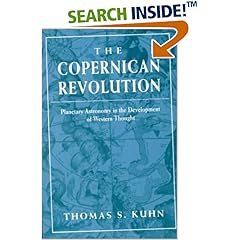















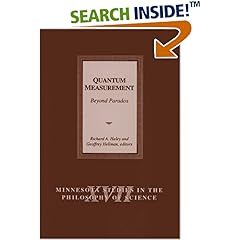
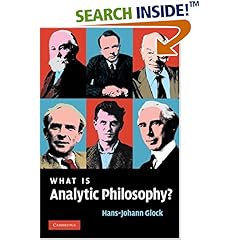

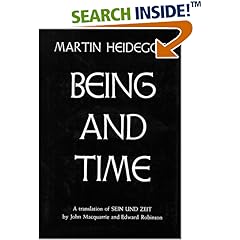




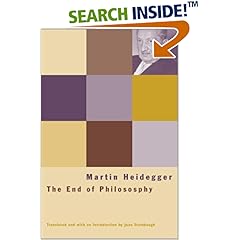



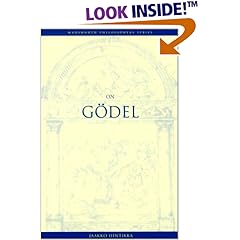



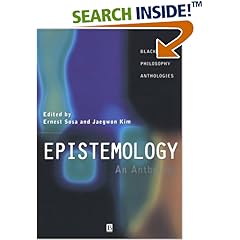





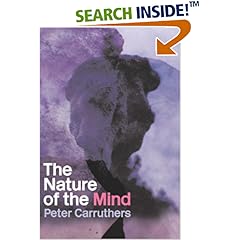


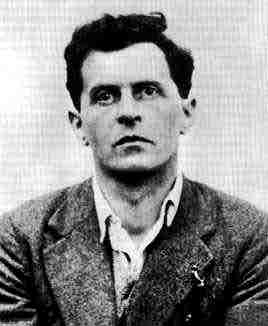



 در این وبلاگ اخبار فلسفه علم و حوزه های مرتبط منتشر می شود.
در این وبلاگ اخبار فلسفه علم و حوزه های مرتبط منتشر می شود.